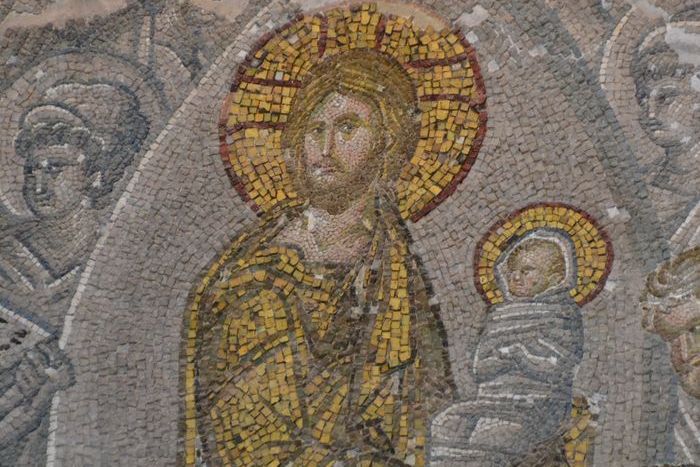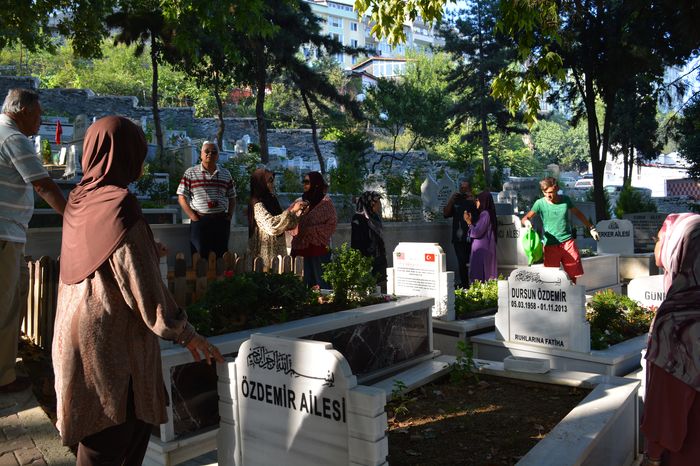Cappadocia, a region known for its enchanting landscapes and rich cultural heritage, owes a debt of gratitude to the humble dove. Once abundant in the area, these birds played a vital role in the region’s agricultural practices, particularly in the cultivation of vineyards that have flourished for over a thousand years.
The Role of Doves
In the past, Cappadocia was home to vast flocks of doves, whose presence was so dense that it cast shadows akin to clouds passing overhead. The dry soil of the region posed challenges for agriculture, but the manure of doves provided a valuable source of fertilizer. Locals ingeniously crafted special dove cotes, often near churches or integrated into their structures, creating habitats for the birds. During certain seasons, villagers collected the dove manure to nourish their vineyards, thereby enhancing the quality of their grapes and contributing to the region’s renowned wine culture Exploring Urgup and Its Surroundings.
Exploring Cappadocia’s Scenic Wonders
The landscape of Cappadocia is a marvel to behold, with its white tufa stone tunnels, flowing streams, and surreal rock formations, including fairy chimneys and ancient churches.
Kizilcukur (Red Hole) Valley
Situated between Goreme and Cavusin, Kizilcukur Valley offers breathtaking vistas and a serene atmosphere. Embarking on a leisurely walk from Cavusin village allows visitors to immerse themselves in the beauty of Gulludere (Rose Streamlet), where monks once sought solitude in carved cells. The valley is home to 12 churches, clustered around the Church of John the Baptist, evoking the area’s rich Christian heritage. At sunset, Kizilcukur Valley dazzles with vibrant hues, offering a mesmerizing spectacle of nature’s palette Coastal Bulgaria Holidays.
Zelve Open-Air Museum
Once a thriving Greek village, Zelve Valley now stands as an open-air museum, showcasing the remnants of its ancient past. Visitors can explore 15 unadorned churches carved into the cliff faces of the valley, including the Uzumlu (Grape) and Geyikli (Deer) Churches. Despite its abandonment in 1952, Zelve’s historical significance endures, inviting travelers to delve into its storied past.
The legacy of doves in Cappadocia is a testament to the symbiotic relationship between nature and human ingenuity. As visitors traverse the region’s picturesque landscapes and uncover its hidden treasures, they bear witness to the enduring influence of these humble birds on Cappadocia’s cultural and agricultural heritage.








